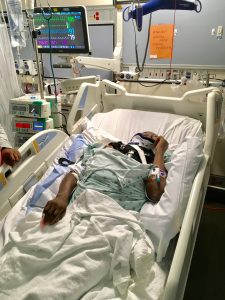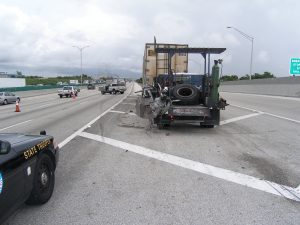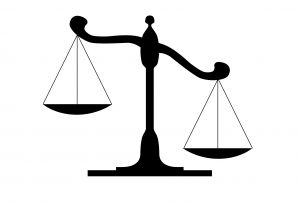Personal injury cases can have both active and passive tortfeasors, with both being legally responsible for compensating the injured party. The passive tortfeasor’s liability arises from the legal principle known as vicarious liability. Consider these examples:
In Florida
- Under the principle of respondeat superior, an employer is responsible for the damages caused by its employee in the course and scope of the employment.
- Under the dangerous instrumentality doctrine, with the exception of rental companies vehicle owners are liable for damages caused by permissive users of their vehicles.
In the typical litigated case, both the active and passive tortfeasors are sued. Interestingly, Florida law allows plaintiffs to settle with the active tortfeasor without being precluded from continuing the action against the passive torfeasor. In JFK Medical Center, Inc. v. Price, 647 So. 2d 833 (Fla. 1994), the plaintiff sued a doctor for medical malpractice and wrongful death. The plaintiff’s complaint also included a claim against the passive tortfeasor, the doctor’s employer, for vicarious liability. Id. at 833. Before trial the plaintiff and the active tortfeasor, the doctor, entered into a voluntary settlement agreement which provided that the lawsuit against the active tortfeasor would be dismissed with prejudice. Id. The passive tortfeasor thereafter moved for summary judgment asserting that the active tortfeasor’s dismissal operated as an adjudication on the merits, and thereby precluded continuation of the lawsuit against the passive tortfeasor. Id. at 833-34. The trial court granted the passive tortfeasor’s motion for summary judgment. Id. at 834. On appeal, the Florida Supreme Court held “that a voluntary dismissal of the active tortfeasor, with prejudice … is not the equivalent of an adjudication on the merits that will serve as a bar to continued litigation against the passive tortfeasor.” Id. at 834. The court based its decision on the public policy, as documented in sections 768.041(1) and 768.31(5), Florida Statutes, of encouraging the settlement of civil actions. Id. at 834.
(Caution must be exercised when plaintiff wishes to enter into an agreement to release the active tortfeasor only. The language of the settlement documents must be read carefully to avoid being construed as also releasing the passive tortfeasor. The Price case does not prohibit an agreement which releases both the active and passive tortfeasors.)
Parties to lawsuits, both defendants and plaintiffs, have available to them a powerful tool to encourage settlements. The tool, which goes by a different name for each side but is designed to accomplish the same end, is outlined in section 768.79(1), Florida Statutes. For defendants, the tool is known as an “offer of judgment,” while for plaintiffs it is called a “demand for judgment.” (Florida Rule of Civil Procedure 1.442, which outlines the technical requirements of these pleadings, calls them “Proposals for Settlement,” commonly referred to as “PFS.”) The pertinent language of 768.79(1) is set forth below:
In any civil action for damages filed in the courts of this state, if a defendant files an offer of judgment [a/k/a “OJ”]which is not accepted by the plaintiff within 30 days, the defendant shall be entitled to recover reasonable costs and attorney’s fees incurred by her or him or on the defendant’s behalf pursuant to a policy of liability insurance or other contract from the date of filing of the offer if the judgment is one of no liability or the judgment obtained by the plaintiff is at least 25 percent less than such offer, and the court shall set off such costs and attorney’s fees against the award. Where such costs and attorney’s fees total more than the judgment, the court shall enter judgment for the defendant against the plaintiff for the amount of the costs and fees, less the amount of the plaintiff’s award. If a plaintiff files a demand for judgment which is not accepted by the defendant within 30 days and the plaintiff recovers a judgment in an amount at least 25 percent greater than the offer, she or he shall be entitled to recover reasonable costs and attorney’s fees incurred from the date of the filing of the demand.
(Bold added)
In hard fought cases, reasonable costs and attorney’s fees can be substantial. Each side seeks to present a number that will trigger 768.79(1) without being outside the range of an appropriate settlement if accepted. The higher a defendant’s OJ, the more difficult it is for the plaintiff to beat it. Conversely, the lower the plaintiff’s PFS, the harder it is for defendant to beat it.
 Florida Injury Attorney Blawg
Florida Injury Attorney Blawg








